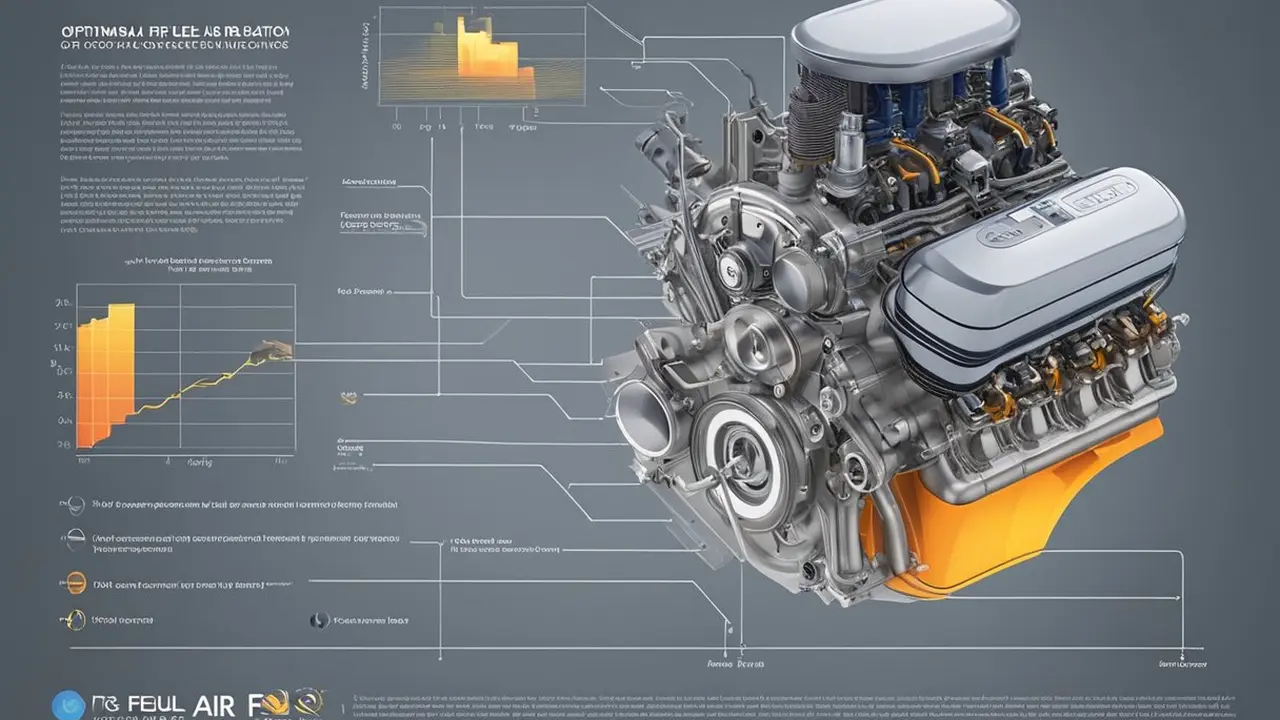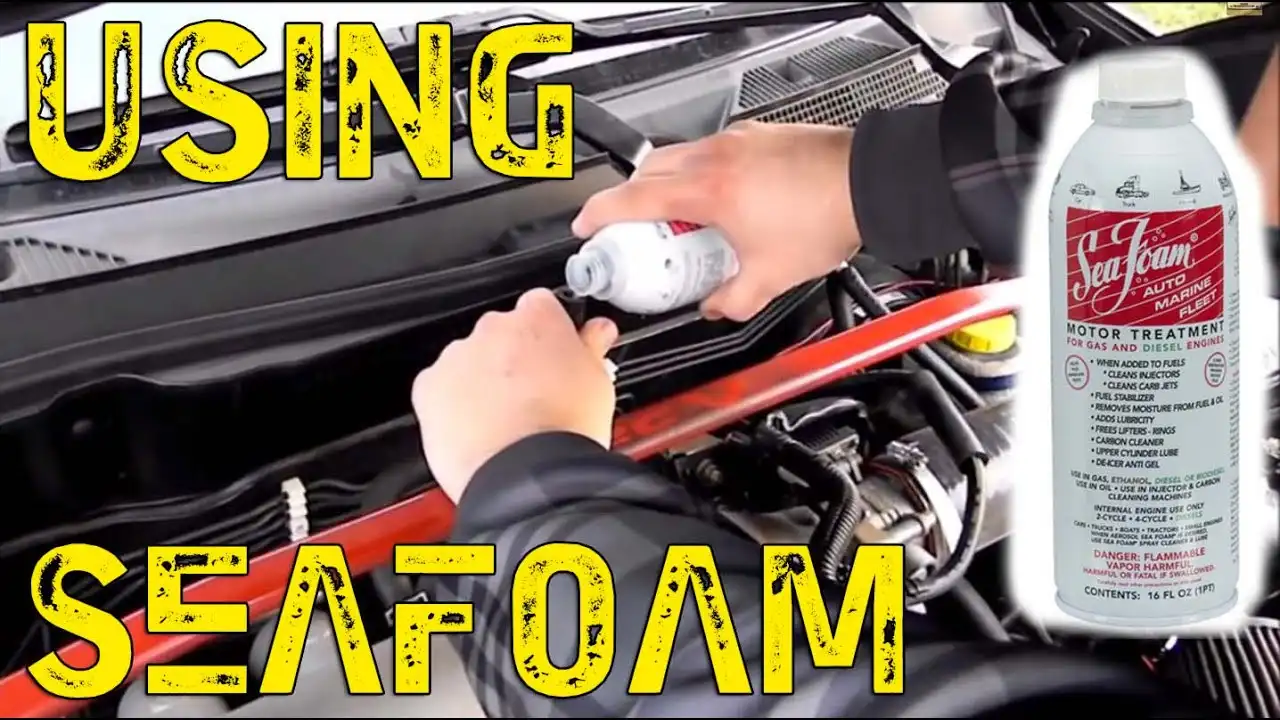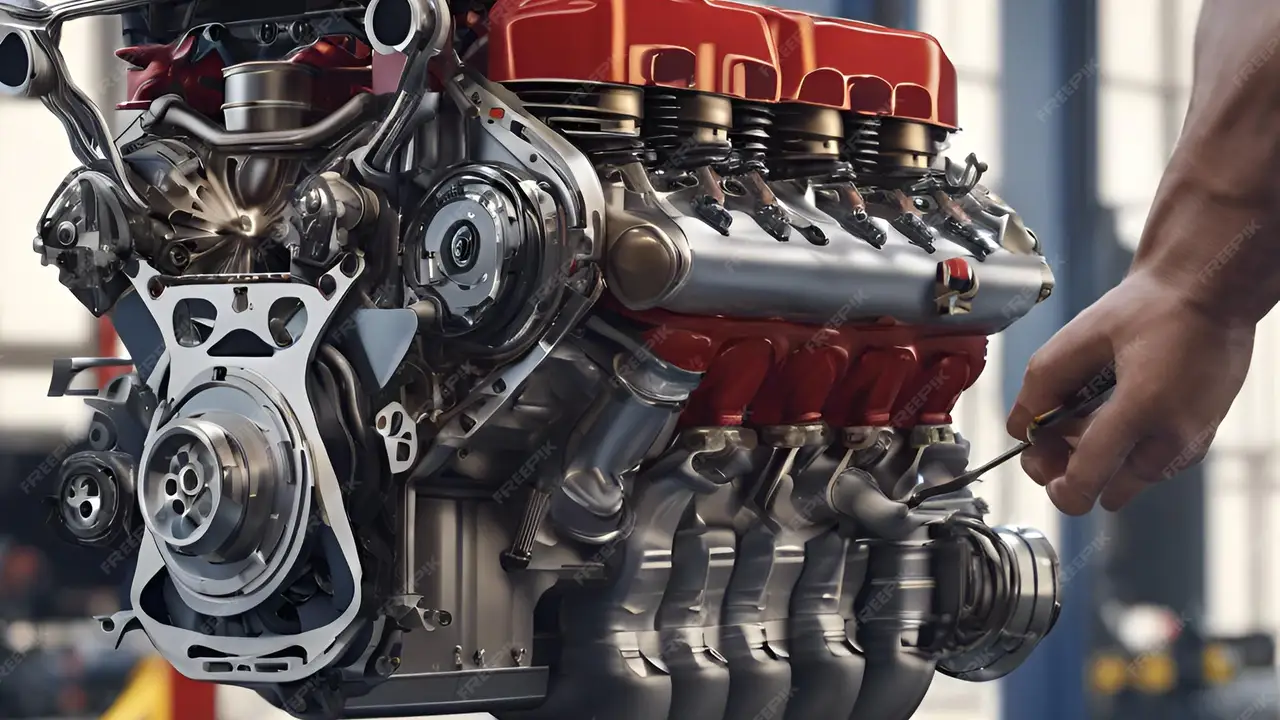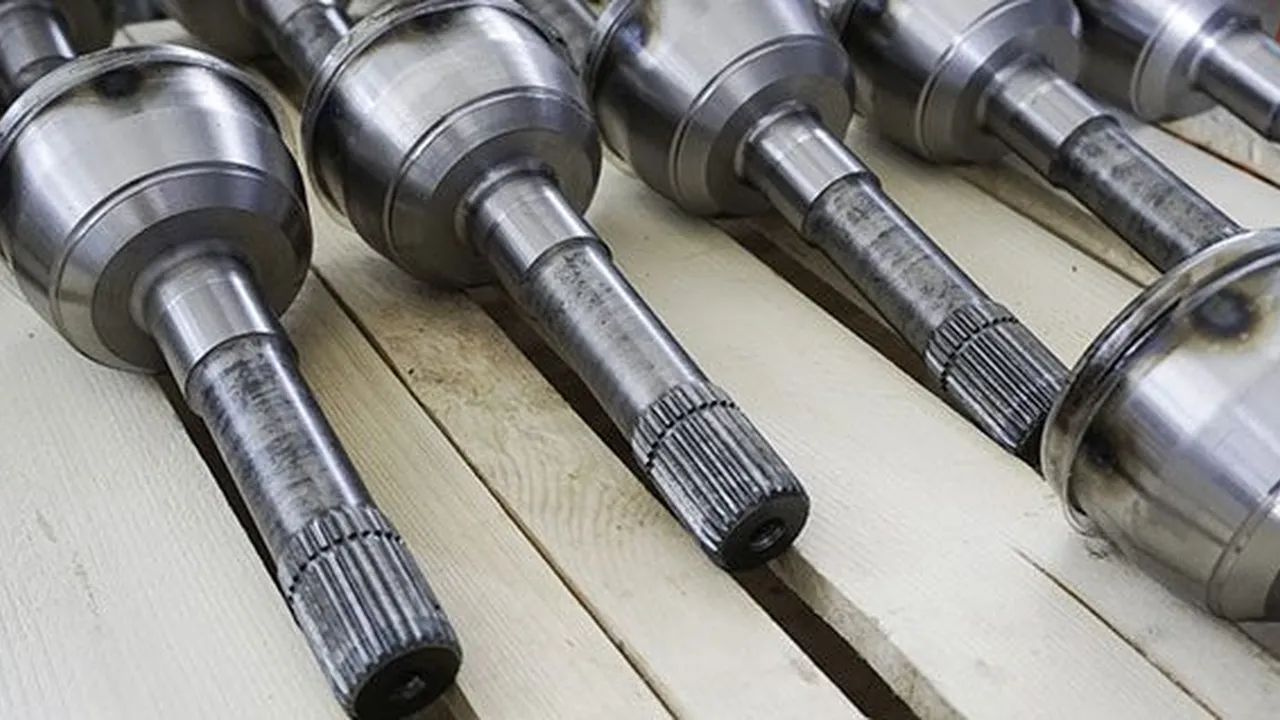Stage 1 vs Stage 2 Tuning: Which Upgrade is Right for You?

Choosing between Stage 1 and Stage 2 tuning? This comparison breaks down the differences in performance gains, required modifications, and overall cost. Determine which stage is best suited for your vehicle and driving style.
Stage 1 Tuning An Overview of Basic Performance Upgrades
So, you're itching to give your car a little extra pep? Stage 1 tuning is often the first port of call for those looking to dip their toes into the world of performance upgrades. Think of it as a gentle nudge, rather than a full-blown shove. It's all about optimizing what you already have, usually without needing to swap out any major hardware components.
What exactly does Stage 1 tuning involve? Typically, it's a remap of your car's ECU (Engine Control Unit). This essentially tweaks the software that controls things like fuel delivery, ignition timing, and boost pressure (if you have a turbo). The aim? To make the most of the existing engine components and unlock some hidden horsepower and torque.
The beauty of Stage 1 is its simplicity. It's generally a reversible process, meaning you can usually revert back to the factory settings if you're not happy with the results. It's also relatively affordable compared to more extensive modifications.
Stage 2 Tuning Delving into More Advanced Modifications and Performance
Alright, so Stage 1 got you hooked? Stage 2 tuning is where things start to get a bit more serious. This isn't just about software tweaks anymore; it's about upgrading hardware to work in harmony with a more aggressive ECU remap. Think of it as taking the training wheels off and really pushing your engine's capabilities.
What kind of hardware upgrades are we talking about? A common upgrade for Stage 2 is a high-flow downpipe. This replaces the restrictive factory downpipe, allowing exhaust gases to flow more freely, which can improve turbo spool-up and overall power. You might also consider upgrading your intake system with a performance air filter or even a full cold air intake to increase airflow to the engine.
With Stage 2, you're pushing the limits of the stock components, so it's crucial to ensure everything is working efficiently. This often means upgrading your intercooler (if you have a turbo) to keep intake temperatures down and prevent power loss due to heat soak. You might also need to upgrade your fuel injectors to ensure the engine is getting enough fuel to support the increased power output.
Power Gains Stage 1 vs Stage 2 What to Expect in Terms of Performance Improvement
Let's talk numbers. Everyone wants to know how much extra power they can expect to gain from each stage. Of course, the exact figures will vary depending on your car's make, model, and engine, but we can give you a general idea.
Stage 1 Power Gains: Expect to see a modest but noticeable increase in horsepower and torque. Typically, this ranges from 10% to 20% over stock. The power delivery will also feel smoother and more responsive, especially in the mid-range.
Stage 2 Power Gains: This is where the gains become more significant. With the added hardware upgrades, you can expect to see increases of 20% to 40% over stock, or even more in some cases. The power delivery will be more aggressive, with a stronger pull throughout the rev range.
Remember, these are just estimates. It's always best to consult with a reputable tuner who can give you a more accurate prediction based on your specific vehicle and the upgrades you're planning.
Required Modifications Stage 1 vs Stage 2 Comparing the Necessary Hardware Changes
The level of modification required is a key difference between Stage 1 and Stage 2 tuning. Stage 1 is all about optimizing the existing hardware, while Stage 2 involves replacing or upgrading certain components.
Stage 1 Modifications: Generally, no hardware modifications are required for Stage 1 tuning. The ECU remap is designed to work with the stock components. However, it's always a good idea to ensure your car is in good mechanical condition before tuning. This means checking things like spark plugs, air filter, and fluids to ensure they're in good shape.
Stage 2 Modifications: Stage 2 requires a more substantial investment in hardware. As mentioned earlier, a high-flow downpipe is a common upgrade. You might also consider upgrading your intake system, intercooler, and fuel injectors, depending on your car and power goals. It's crucial to choose high-quality components that are designed to work together for optimal performance.
Cost Comparison Stage 1 vs Stage 2 Analyzing the Financial Investment
Let's face it, money matters. The cost of Stage 1 and Stage 2 tuning can vary significantly depending on the tuner, the car, and the specific upgrades you choose.
Stage 1 Cost: Stage 1 tuning is typically the more affordable option. The ECU remap itself can range from $300 to $800, depending on the tuner and the complexity of the software. Since no hardware upgrades are required, the overall cost is relatively low.
Stage 2 Cost: Stage 2 tuning involves a more significant financial investment. The downpipe alone can cost anywhere from $300 to $1000, depending on the brand and material. Add in the cost of an upgraded intake, intercooler, and fuel injectors, and you're looking at a total cost of $1000 to $5000 or more.
It's important to factor in the cost of labor as well. Installing the hardware upgrades for Stage 2 can be time-consuming, so you'll need to pay a mechanic to do the work if you're not comfortable doing it yourself.
Driving Style and Needs Stage 1 vs Stage 2 Which is Best for Your Car Use
The best tuning stage for you depends on your driving style and what you want to get out of your car. Are you looking for a subtle improvement in daily drivability, or are you aiming for maximum performance on the track?
Stage 1: Stage 1 is a great option for those who want a noticeable improvement in performance without sacrificing daily drivability. It's ideal for those who primarily use their car for commuting or running errands but want a little extra fun on the weekends. The smoother power delivery and improved throttle response make it a more enjoyable driving experience overall.
Stage 2: Stage 2 is for those who are serious about performance and are willing to sacrifice some comfort and practicality for the sake of speed. It's ideal for those who frequently visit the track or autocross events and want to squeeze every last drop of horsepower out of their engine. The more aggressive power delivery and increased performance make it a thrilling driving experience.
Specific Product Recommendations for Stage 2 Upgrades
Okay, let's get down to specifics. Here are a few product recommendations for Stage 2 upgrades that are known for their quality and performance:
Downpipes: Cobb Tuning vs. Invidia
Cobb Tuning Downpipe: Cobb is a well-respected name in the tuning world, and their downpipes are known for their quality construction and performance gains. They typically offer a catted version (with a catalytic converter) which helps to reduce emissions and keep your car street legal. Price: $500 - $800.
Invidia Downpipe: Invidia is another popular choice for downpipes. They offer both catted and catless versions, with the catless version providing slightly better performance but potentially failing emissions tests. Price: $400 - $700.
Intake Systems: AEM vs. K&N
AEM Intake System: AEM is known for its high-quality air filters and intake systems. Their intake systems are designed to maximize airflow while providing excellent filtration. Price: $250 - $500.
K&N Intake System: K&N is a household name in air filtration. Their intake systems are designed to be reusable and offer a good balance of performance and filtration. Price: $200 - $400.
Intercoolers: Mishimoto vs. ETS
Mishimoto Intercooler: Mishimoto offers a wide range of intercoolers for various applications. Their intercoolers are designed to improve cooling efficiency and reduce intake temperatures. Price: $400 - $800.
ETS Intercooler: ETS (Extreme Turbo Systems) is known for its high-performance intercoolers that are designed for maximum cooling efficiency. Their intercoolers are a popular choice for those who are pushing their engines to the limit. Price: $600 - $1200.
Fuel Injectors: Injector Dynamics vs. DeatschWerks
Injector Dynamics Fuel Injectors: Injector Dynamics is a leader in fuel injector technology. Their injectors are known for their precision and reliability. Price: $500 - $1000 (set of 4).
DeatschWerks Fuel Injectors: DeatschWerks offers a wide range of fuel injectors for various applications. Their injectors are designed to provide reliable fuel delivery at high power levels. Price: $400 - $800 (set of 4).
Installation and Tuning Considerations
Before you dive into Stage 2 tuning, it's important to consider the installation and tuning aspects. Installing the hardware upgrades can be challenging, especially if you're not experienced. It's often best to have a professional mechanic do the work to ensure everything is installed correctly.
Once the hardware is installed, you'll need to have your ECU remapped to take advantage of the upgrades. This is where a reputable tuner comes in. They can create a custom ECU map that is tailored to your specific car and upgrades. It's crucial to choose a tuner who has experience with your car's make and model.
Dyno tuning is highly recommended for Stage 2 upgrades. This involves running your car on a dynamometer (dyno) while the tuner makes adjustments to the ECU map in real-time. This allows them to optimize the tune for maximum power and efficiency.
Long-Term Reliability and Maintenance
It's important to be aware that Stage 2 tuning can potentially reduce the long-term reliability of your engine. Pushing your engine harder can put more stress on the components, which can lead to premature wear and tear.
To mitigate these risks, it's crucial to maintain your car properly. This includes regular oil changes, filter replacements, and fluid checks. You should also monitor your engine's health closely for any signs of problems, such as unusual noises or vibrations.
Consider using higher-quality fluids and components to help prolong the life of your engine. For example, using a synthetic engine oil can provide better protection against wear and tear.
Making the Right Choice
Ultimately, the decision of whether to go with Stage 1 or Stage 2 tuning depends on your individual needs and preferences. If you're looking for a subtle improvement in daily drivability and don't want to spend a lot of money, Stage 1 is a great option. If you're serious about performance and are willing to invest in hardware upgrades, Stage 2 can provide a significant boost in power and excitement. Weigh the pros and cons carefully, and consult with a reputable tuner to make the best choice for your car and your driving style. Good luck and happy tuning!
:max_bytes(150000):strip_icc()/277019-baked-pork-chops-with-cream-of-mushroom-soup-DDMFS-beauty-4x3-BG-7505-5762b731cf30447d9cbbbbbf387beafa.jpg)






